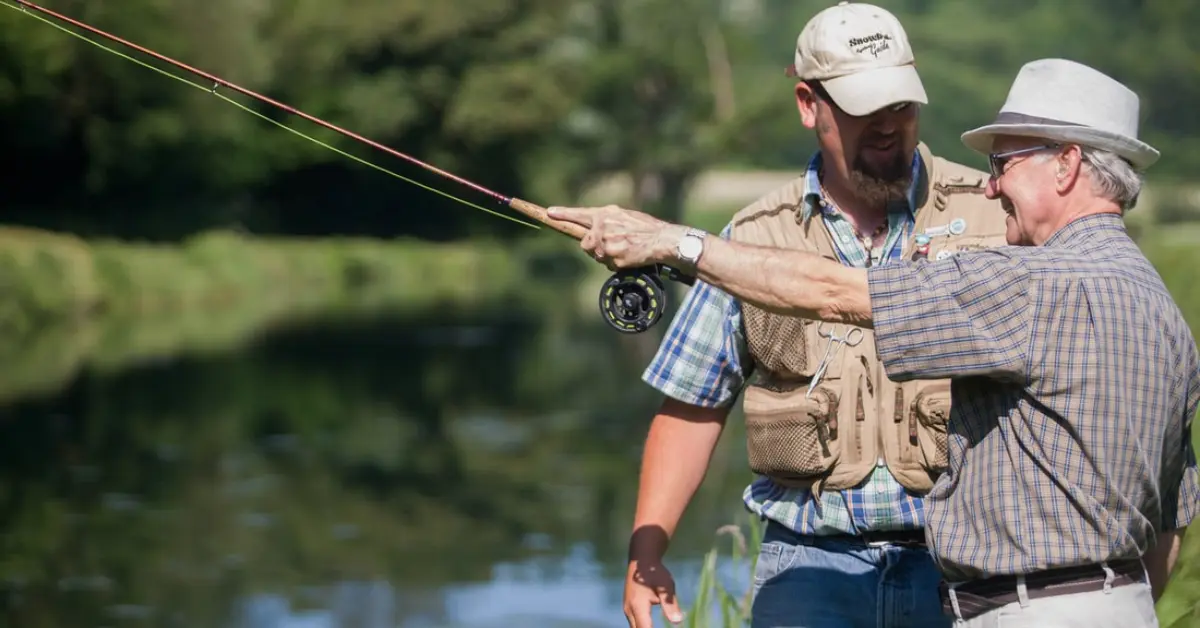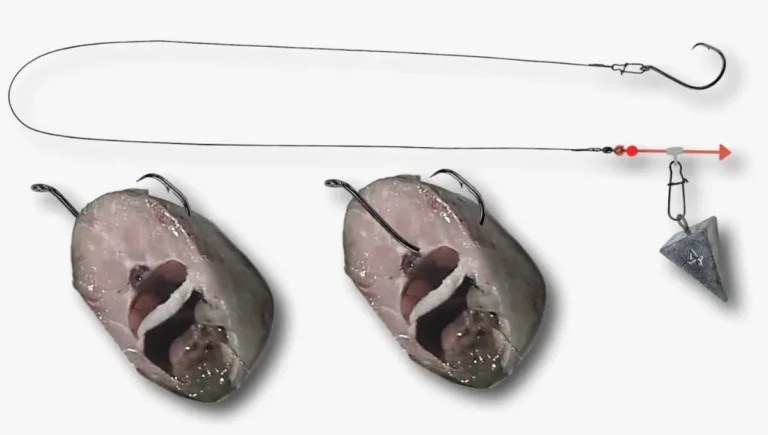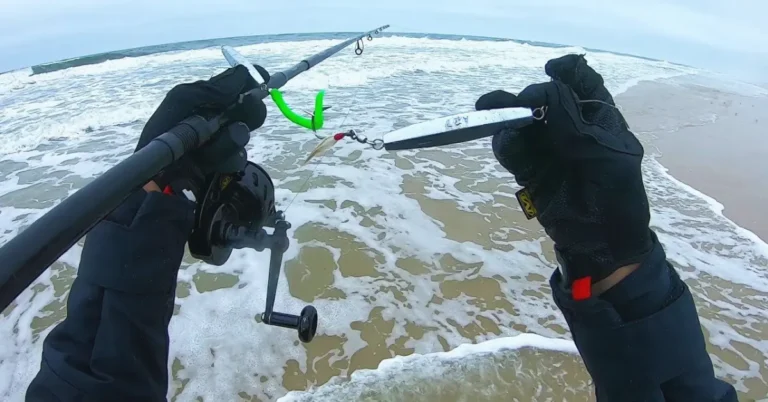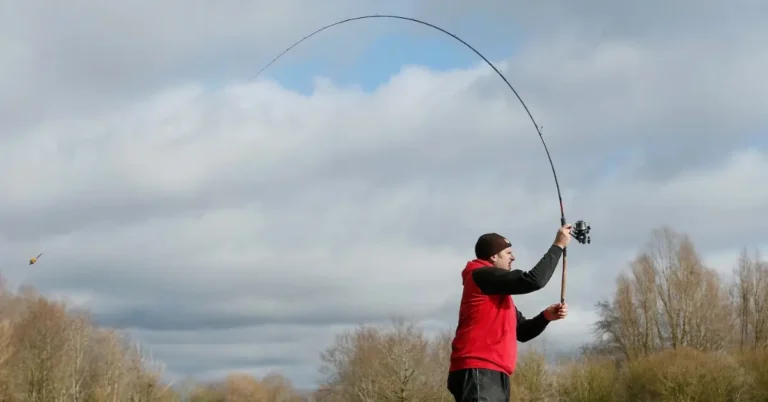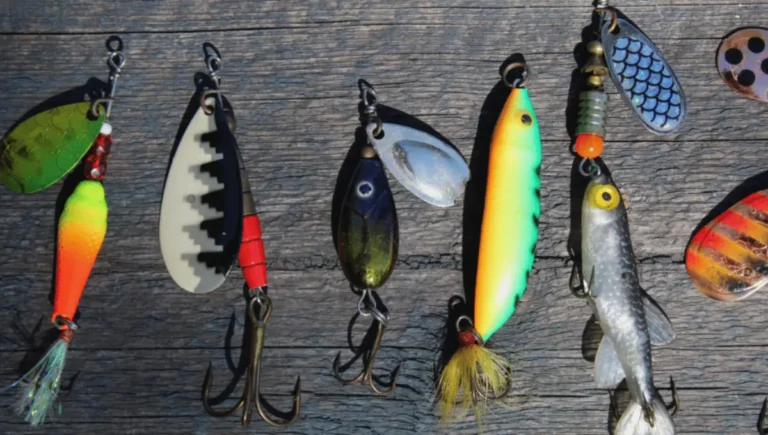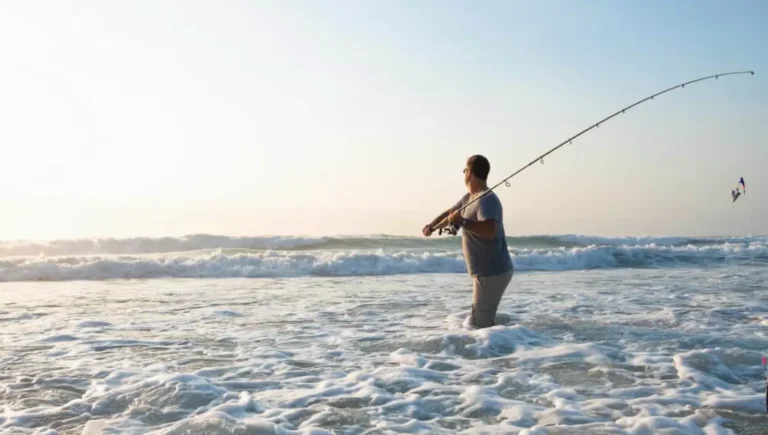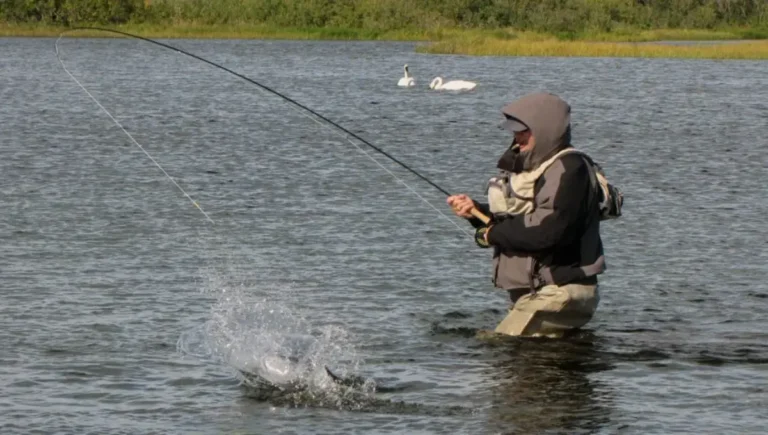How To Fly Fish: A Complete Guide
Interested in learning fly fishing? It’s a unique experience compared to regular fishing. From casting to using unique lures, there’s a lot to know.
Even if you’re new, don’t worry! We’ve got you covered with the basics. Whether you’re a pro or just starting, this guide will help you get the hang of fly fishing. Let’s get started!
Also Read: Best Time For Fishing: Here’s What 513 Anglers Say
What Fly Fishing Gear Do Beginners Need?
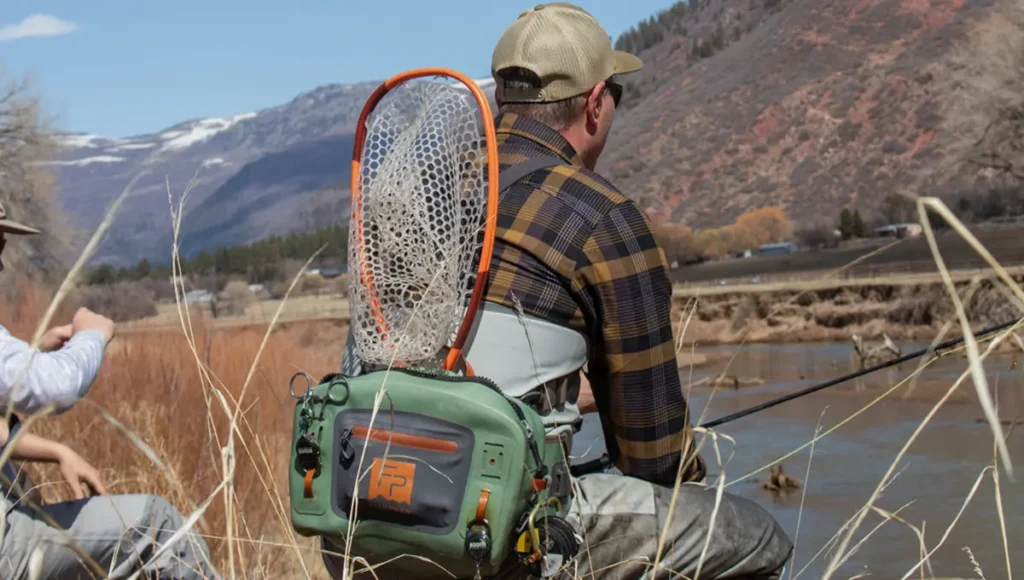
Getting overwhelmed by all the gear options is easy when starting fly fishing. But don’t worry, we’ve got you covered with the essentials:
Main Gear
- Fly Rod: Your primary tool for casting.
- Fly Reel: Holds your fishing line.
- Fly Line: Essential for casting your fly.
- Leader and Tippet: Connect your fly to the line.
- Flies: The bait used to attract fish.
Other Essential Gear
- Waders and Boots: Keep you dry while wading in water.
- Fly Fishing Vest or Pack: Holds your gear while you fish.
- Nippers: Handy for cutting line.
- Forceps: Helps remove hooks safely.
- Floatant: Prevents flies from sinking.
- Split Shot: Adds weight to your line.
- Indicators: Helps detect strikes.
- Net: Helps land and release fish safely.
- Polarized Sunglasses: Protect your eyes and help you see fish underwater.
What Size Fly Rod Is Best For Beginners?
When picking a fly rod, you should consider its length and weight. The weight refers to the fly line it’s made for, not the rod itself. For example, a 9-foot 5-weight rod means a 9-foot long rod for a 5-weight fly line.
Starting with a 9-foot, 5-weight rod is a good idea. It gives a nice balance of accuracy, control, and casting distance. This rod can handle various fish sizes and types of water, making it versatile for freshwater and saltwater fishing.
Choosing Fly Rod Weights
The fly rod size depends on the size of the fishing line and the type of fish you want to catch.
- Rods labeled 1 to 3 are best for small creeks and streams. They work well with light fishing lines and tiny flies to catch fish like trout and sunfish.
- Rods labeled 4 to 5 are more flexible. They can handle a range of line weights and different-sized flies. This makes them suitable for beginners. You can use these rods in most freshwater to catch smaller and medium-sized fish.
- Rods labeled 6 to 7 work best in giant lakes and rivers. They pair with heavier lines that can cast larger flies farther. It would be best to have these rods to fish for bigger game like salmon.
- The heaviest rods, 8 to 10, were designed for fishing the most significant species. These strong rods can throw big flies long distances, even with strong winds. Big fish like bluefish and tuna are the targets when using these heavy-duty fly rods.
Best Fly Line for Beginners
In fly fishing, the lines are thicker and often brightly colored than regular fishing lines. Unlike conventional fishing, in fly fishing, the weight of the fly line helps propel the line, not the weight of the lure.
That’s why fly lines are heavier. To choose your fly line weight, follow the guide for rod weights mentioned above.
Best Fly Fishing Flies for Beginners
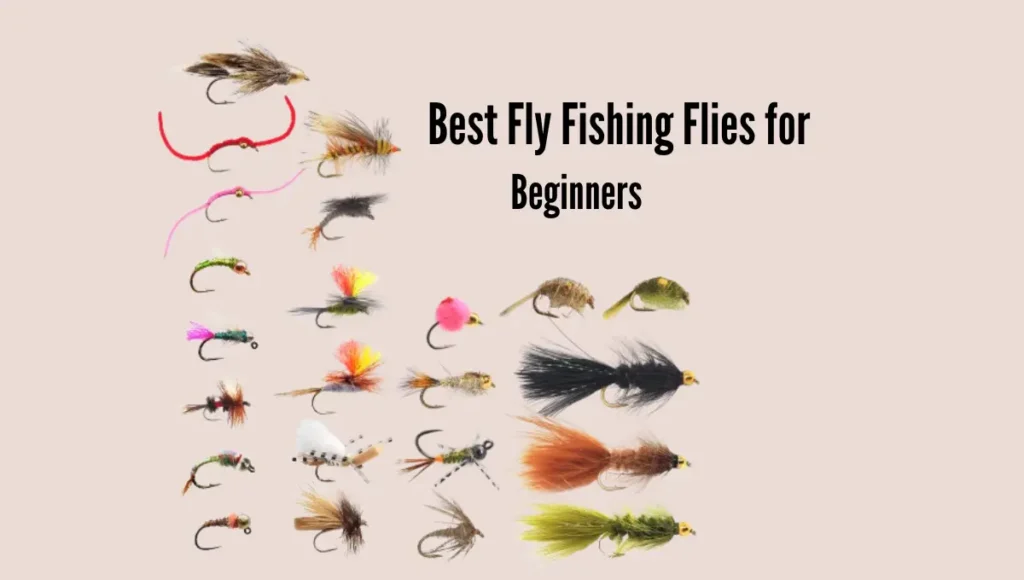
In fly fishing, flies are designed to mimic small creatures like insects and their larvae, unlike traditional fishing lures. Different types of flies are used, such as dry flies, wet flies, nymphs, and streamers.
Here are some common flies I use regularly:
- Woolly Bugger
- Adams Dry Fly
- Pheasant Tail Nymph
- Elk Hair Caddis
Putting Together Your Fly Fishing Setup
Here’s how to assemble everything:
- Attach the reel to the rod by sliding the reel foot into the reel seat and tightening the rings.
- Thread your fishing line through the guides on the rod, starting from the bottom and going to the top.
- Connect the thicker end of the leader to the fly line using a loop-to-loop knot.
- Attach the tippet to the opposite end of the leader using a surgeon’s knot.
- Finally, attach the fly to the tippet using the improved clinch knot.
Steps To Fly Fish
Now, it’s time to put your setup to use:
1. Basic Fly Fishing Cast
- Hold your rod out before you and flick it backward, then forward.
- Let the line extend fully before flicking it forward.
- The overhead cast is simple and beginner-friendly.
2. Fighting a Fish on a FlyRod
- Use the rod to control the fish.
- Set the hook with steady pressure rather than a sharp lift.
- Allow the fish to run while maintaining pressure.
- When the fish tires out, reel it slowly while keeping pressure on the line.
3. Finding the Perfect Spot and Time
- Break down the river or stream into riffles, runs, and pools.
- Riffles are shallow, fast-flowing areas where insects gather.
- Runs are deeper, slower areas just after riffles.
- Pools are the deepest and slowest parts where fish rest.
- Early morning and late evening offer optimal fishing conditions.
Here are some essential things to remember while learning fly fishing:
1. Be Patient with Yourself
Fly fishing requires patience. You’ll lose flies, get tangled in foliage, and maybe even curse. But don’t give up. Take it slow and keep trying.
2. Don’t Get Overwhelmed by Advice
You might get overwhelmed by different opinions when seeking advice. Focus on learning the basics first.
3. Focus on Proper Casting and Presentation
The key to fly fishing is to cast and present your fly in a way that looks natural to the fish. Once a trout takes the bait, you must act quickly to set the hook and reel it in smoothly.
4. Experience Teaches Best
There’s no substitute for hands-on experience. Take classes if you can, but also practice in local waters. Don’t be afraid to make mistakes—it’s all part of learning.
5. Know Your Bugs
Trout mainly feeds on underwater bugs, so ensure you have the right flies. Please keep it simple and have a variety of flies that mimic common insects found in your area.
What makes a good fly for fly fishing?
Most importantly, the fly imitates natural prey that the fish would want to eat. Good flies closely resemble the bugs, larvae, and smaller fish found in the water where you are fishing. The fly should float, sink, or drift like the real thing. Color and shape are essential for mimicking the natural bait.
Quality materials like feathers, fur, and thread create lifelike action in the water. The size of the fly also matters – it needs to be proportional to the types of fish in the stream or lake. An effective fly elicits strikes from hungry fish!
Frequently Asked Questions
Conclusion
To catch more fish, mimic the aquatic insects they eat with your fly choice. Make sure your fly looks like the bugs they’re feeding on. Select the right rod for your fishing situation.
A 9-foot 5-weight rod is versatile, but consider a 3 or 4 weight for small waters and delicate presentations or a 6 or 7 for larger fish and heavier flies. Good luck on your fly-fishing journey now that you have all you need!
